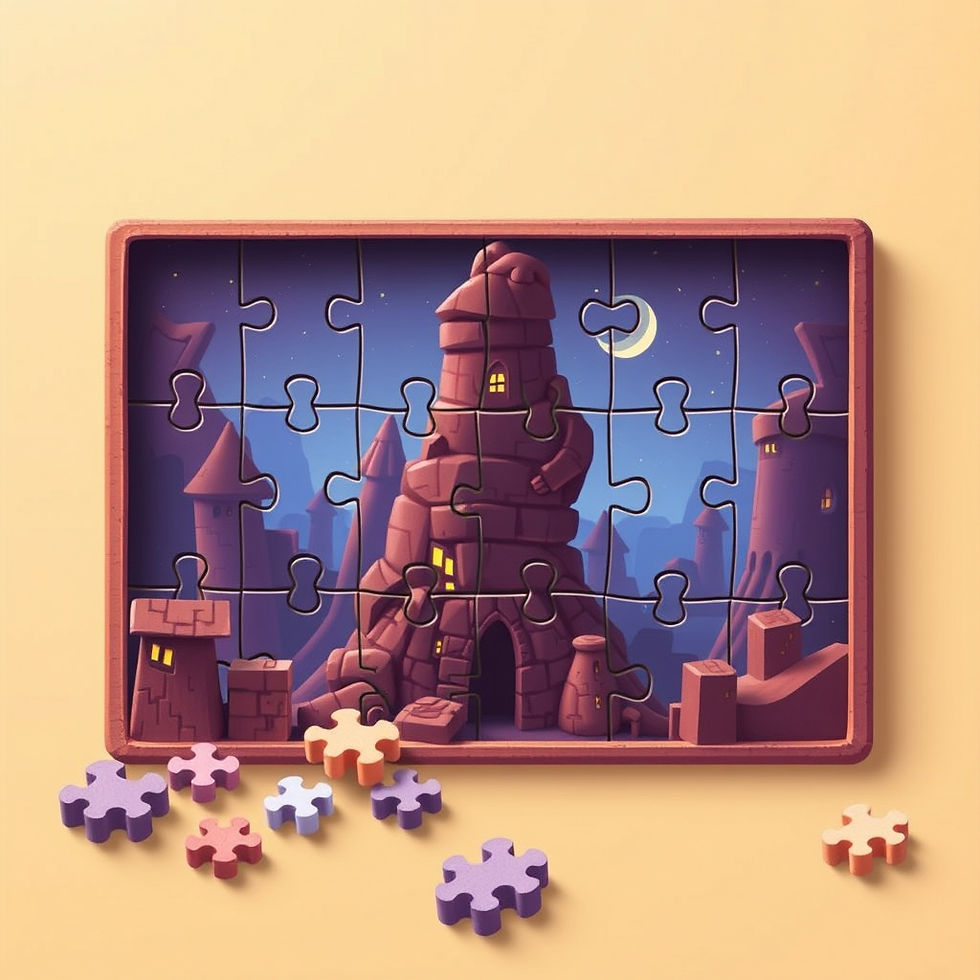The Science of Idle Animations and Why They Matter in Modern Games
- Geniuscrate

- 12 minutes ago
- 2 min read

Gamers often focus on combat, quests, graphics, and massive worlds, but one of the most subtle achievements in game design is the idle animation. The moment a player stops touching the controls, the character comes to life on their own. They breathe, stretch, look around, fiddle with their gear, or express personality in tiny moments that reveal more about them than dialogue ever could.
Idle animations may seem small, but they shape immersion, storytelling, and player connection in powerful ways.
What Idle Animations Actually Do
Idle animations prevent characters from feeling robotic. When motion stops, emotion begins. These small actions give characters life and create a sense of presence within the game world.
Key Functions
They show personality through micro expressions
They fill quiet moments with subtle movement
They signal emotional states
They prevent the world from feeling empty
They enhance realism without large cutscenes
Good idle animation can make the player care about their character before they even speak.
How Idle Animations Affect Player Perception
Players form a relationship with their character through observation. The way a character stands or reacts tells a story.
Emotional Outcomes
A fighter who checks their weapon feels cautious
A mage who reads a book feels curious
A rogue tapping their foot feels impatient
A mascot character humming feels cheerful
These details help players understand their character’s nature without being told directly.
Idle Animations as Storytelling Tools
Some games use idle animations to hint at backstory or world lore. A character might wince, suggesting past injuries, or gaze upward as if remembering something important. These small details deepen the narrative.
Developers also use idle animations to show growth. A character who begins nervous may stand more confidently later in the game.
Technical Creativity Behind Idle Motion
Idle animations require a careful balance. Too much movement becomes distracting. Too little movement feels lifeless. Animators use cycles of breathing, slight shifts in weight, and context responsive gestures to achieve a natural rhythm.
Challenges
Smooth blending with movement animations
Avoiding repetitive loops
Syncing personality traits with mechanics
Making animations readable from many angles
It is a craft where body language becomes the real dialogue.
Idle Animations in Modern Games
Today’s engines allow dynamic idle animations based on player actions, environment, or even emotional states. Characters may act differently when injured, exhausted, or in a dangerous area.
This adaptive design makes idle moments feel responsive and believable.
Why Idle Animations Are Crucial for Immersion
Idle animations maintain the illusion of life. When a character reacts even when the player does nothing, the world feels persistent. It never pauses just because the player has paused.
This reinforces immersion at a subconscious level and strengthens the bond between player and character.
Conclusion
Idle animations may be the quietest part of game design, but they shape how players see and connect with characters. Through subtle gestures and micro storytelling, they turn digital models into believable beings. This is the hidden art that keeps modern games feeling alive.



Comments